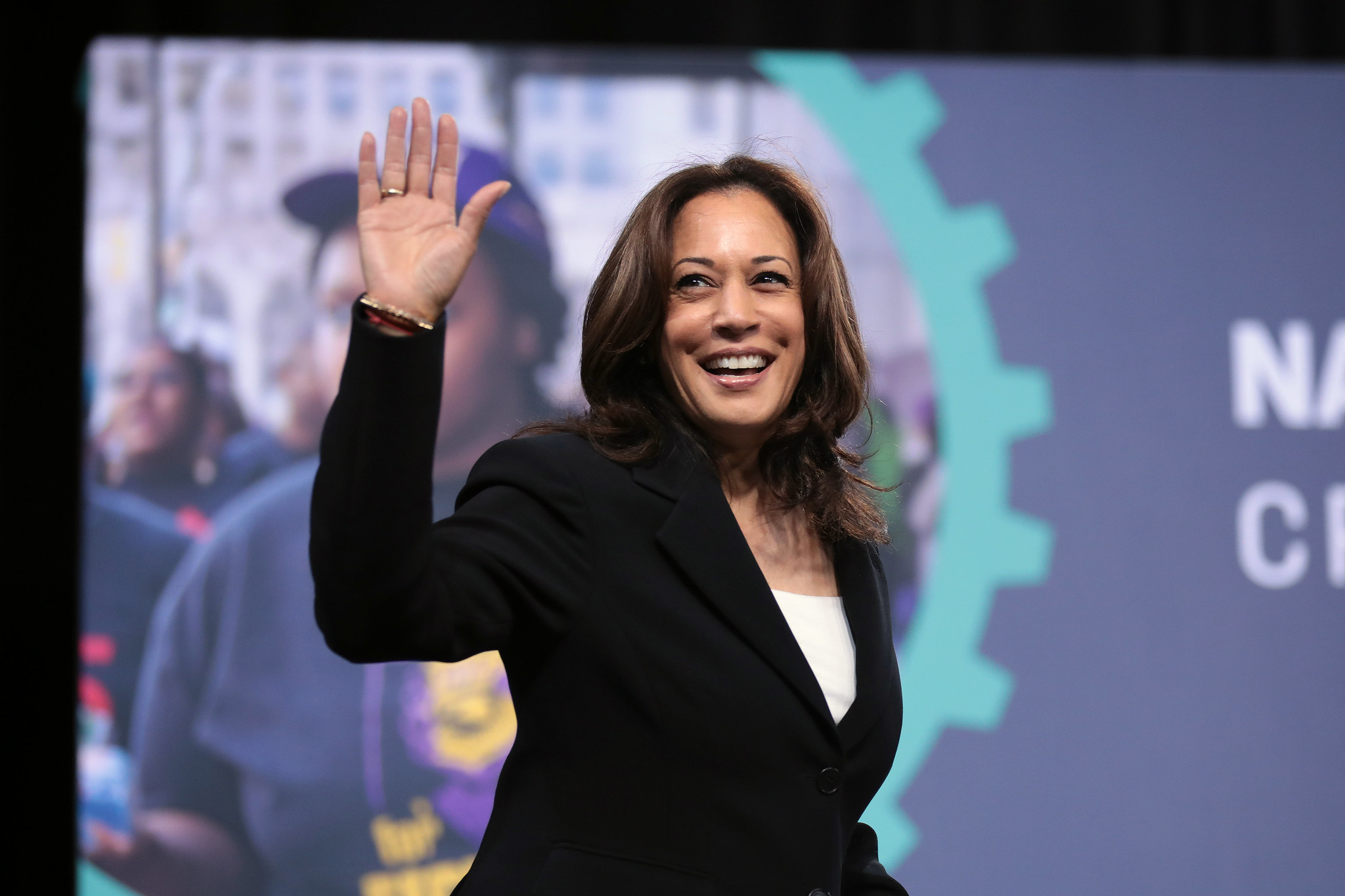We Told You So
On November 8, we ran a Hackwatch to open up our post-election takes. In that newsletter, I mostly was arguing against a number of bad talking points that had come out about how Democrats need to pivot hard to the right. I concluded with a discussion of the Harris campaign that could have been, where she leaned into fighting exploitative corporations and positioned herself as defender of workers, consumers, and small businesses, saying:
The road not taken was for Vice President Harris to point to the (very real) corporations that were harming the American public and say, “those are my opponents’ friends, vote for them and these corporations will have free reign to exploit you more. But they’re my enemies, look at the way they attack me and at how our administration has been standing up to them.” Alas.
This was a callback to the “absolute worst pivot” (from earlier in the piece) from the campaign in efforts to appease corporate executives and avoid further criticism from the center-left punditocracy. As I put it then:
Every time a speech went thirty seconds without mentioning RealPage, or oil price-fixing, or Kroger executives admitting to gouging customers, or any of the many other examples of corporations’ exploitation of workers and consumers, was a wasted opportunity. Touting caps on overdraft fees, mandatory refunds from airlines, and taking on non-competes were layups that were never shot.
Well, now we have a staggering account of the campaign’s inner workings courtesy of Shane Goldmacher at The New York Times. In the piece, Goldmacher walks through how the Harris team spent an avalanche of money—well above what was already known—and how the campaign leaned very heavily on veteran operatives when making those financial decisions.
One especially interesting tidbit is that, over the recommendation made by Future Forward (the biggest pro-Harris PAC) in a public memo to not run many particularly effective campaign ads. The memo included one ad that “had ranked in the “100th percentile” — meaning it was the most effective — yet it had virtually never been aired.” That ad was directly focused on the cost of living and included specifically calling out grocery price gouging and promising to “crack down on landlords who are charging too much.” Sound familiar? Cracking down on corporations?
Despite inflation falling, the cost of living was the most crucial point for millions of voters. A lot of folks sought to undermine this discontent, calling it a “vibecession.” But the real story is a lot more like Adam Tooze’s epiphany about how encouraging inflation data can be reconciled with disconsolate public sentiment. The solution was John Authers’ “anti-core inflation”; a measure of price increases on a basket of energy and grocery costs, which are excluded from the main inflation measures because of their volatility. These goods may not be in the core CPI, but they better reflect the average consumer’s experiences with the costs that most impact their daily finances. This is the same thing that I wrote about in The Sling at the start of November: conflating a technical measure (inflation, whether PCE, CPI, PPI, etc.) with a general lived context (cost of living) that actually looks very different because of the mechanics of what gets included in that measurement. I focused on how high interest rates are experienced as raising the cost of living despite not being counted towards inflation, largely because I was focusing on the Fed. This isn’t some crazy left wing perspective either – Larry Summers is one of the co-authors of published research on increases to the cost of credit being experienced as a higher cost of living.
Authers and Tooze both highlight something from the same genre: prices that are central to how people experience the cost of living but that are excluded from inflation measurements for mechanical reasons. The end result is that inflation becomes an unreliable proxy for the price levels people are frequently running into. Understanding this is key to understanding why high prices were so salient an issue in this election and why that ad polled as well as it did. Taking on corporate greed, and assuring people you would keep them from getting ripped off, was exactly what the moment called for. Unfortunately, many of the millionaires and billionaires running the Harris campaign couldn’t see that.
Image Credit: This photo is by Gage Skidmore is licensed under CC BY-SA 2.0

